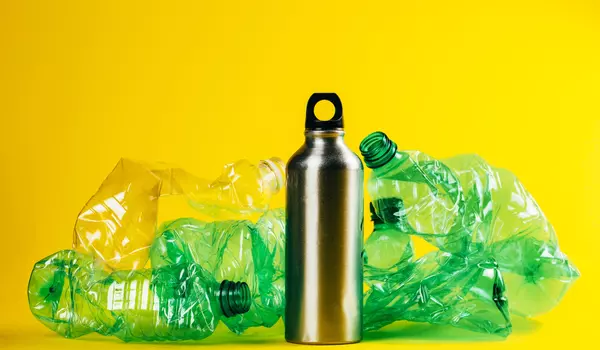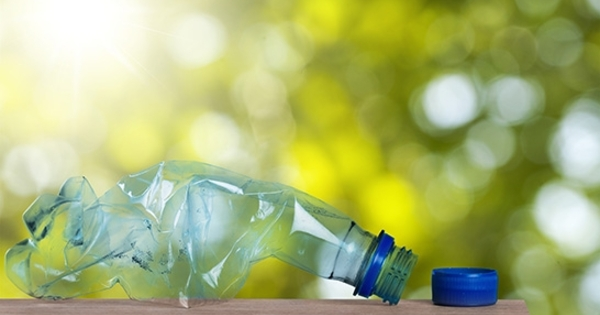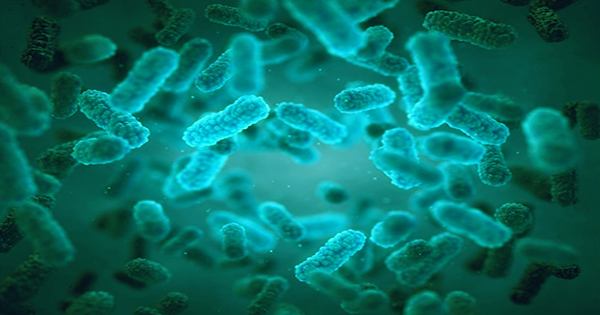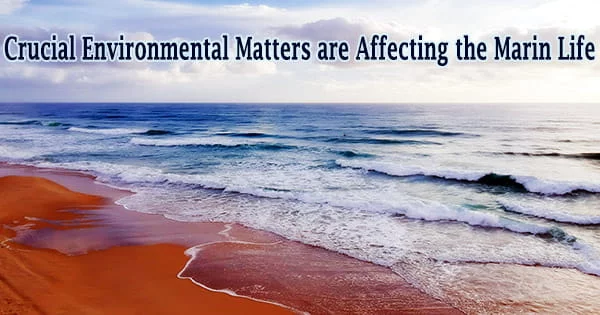Reusable packaging has gained popularity in recent years as a potential solution to waste reduction and environmental sustainability. While it is difficult to predict the future with certainty, there have been significant advancements and growing interest in reusable packaging systems.
Researchers have developed a detailed plan to transform product packaging and significantly reduce plastic production and pollution. The study comes as government representatives gather in Paris to negotiate a legally binding global plastics treaty with a mandate to end plastic pollution.
The research, commissioned by the Break Free From Plastic movement and published today by the University of Portsmouth’s Global Plastics Policy Centre, brings together 320 articles and papers, as well as 55 new interviews with reuse experts from around the world, to propose a universal definition of reuse systems and, for the first time, assess how all nations can move away from throw-away packaging.
According to the European Commission, packaging accounts for 40% of all plastic waste in the EU, and plastic packaging waste is expected to increase by 46% by 2030. According to the report, the ten most common single-use plastic items found on European beaches, along with fishing gear, account for 70% of all marine litter in the EU. Reuse systems have the potential to reduce plastic pollution by 30 percent by 2040.
This study is a significant evidence-based global assessment of how we can swap wasteful single-use packaging for reuse systems. It shows that there is no one-size-fits-all packaging material or system for reuse, but we know that it has to fit seamlessly into people’s lives and that has huge untapped potential to end plastic pollution.
Professor Steve Fletcher
The study found:
- A phased approach is required to transition the economy from single-use to reusable packaging systems, which can significantly reduce impacts on our climate, environment, biodiversity, and health. Many reuse systems have already been developed, tested, and scaled. Packaging on loan to consumers that is returned multiple times until a sustainable ‘breakeven point’ is reached is fundamental to true reuse systems.
- The upcoming global plastic treaty, which is being drafted in Paris this week, is viewed as a significant opportunity for policymakers to support the expansion of reuse systems, limit virgin plastic production, establish standards, and improve infrastructure. According to the reuse experts interviewed, virgin plastic reduction targets are 25 years behind carbon emissions targets.
- Next-generation packaging should mostly be standardized, stackable, and electronically tagged. It must be durable, lightweight, washable, and non-toxic, but no one material is best suited to all situations.
- The path to mass adoption of reuse systems should roll out in four phases, the authors say, starting with large venues such as sports arenas and music festivals, which have breakthrough potential to build public acceptance, a challenge identified by three-quarters (74%) of the reuse experts interviewed.
- Delivery firms will have a major role in the return and reuse economy, collecting used packaging while making deliveries.

The study envisions a world in which all packaging is chipped or tagged and can be dropped into smart bins, cleaned, and pooled at centralized ‘hubs’ before being returned to factories and retailers. Reuse systems will differ by industry, but the researchers believe the transition will begin in cities, where infrastructure is more adaptable.
The researchers admit that widespread change will take time, but closed environments such as schools, hospitals, events, and food courts, as well as the drinks industry, where some reuse brands already have high return rates, are relatively easy to transition to zero waste packaging. The fast food industry, where packaging is frequently discarded, will be more difficult. ‘Rentable packaging’ could help, where customers order through apps and are charged a small fee if they do not return the packaging.
The majority of experts (82%) interviewed are concerned about higher costs and infrastructure changes for reusable packaging, as well as hygiene and brand identity loss. Interviewees strongly criticize governments for lacking vision and over-investing in recycling and incineration, which are frequently barriers to reuse.
Director of the Global Plastics Policy Centre at the University of Portsmouth, Professor Steve Fletcher, said: “This study is a significant evidence-based global assessment of how we can swap wasteful single-use packaging for reuse systems. It shows that there is no one-size-fits-all packaging material or system for reuse, but we know that it has to fit seamlessly into people’s lives and that has huge untapped potential to end plastic pollution. What we need now is a clear vision for reuse and the right support to mainstream it.”
“The scourge of single-use packaging continues to grow at a rate that exceeds the capacities of existing waste management systems,” said Von Hernandez, global coordinator of Break Free From Plastic. Prevention is essential; expanding reuse systems is the most practical approach to replacing single-use plastics and drastically reducing plastic production. This week’s plastics treaty talks must lay the groundwork for this transformation.”
Tiza Mafira, Executive Director of Gerakan Indonesia Diet Kantong Plastik, stated, “It is clear that reuse is much more than simply packaging; it is a system that requires participation from all players in a global supply chain. That’s why reuse needs to be right at the heart of the plastic treaty discussions this week so that the operational nuts and bolts can be agreed upon and reuse can thrive and scale.”
















